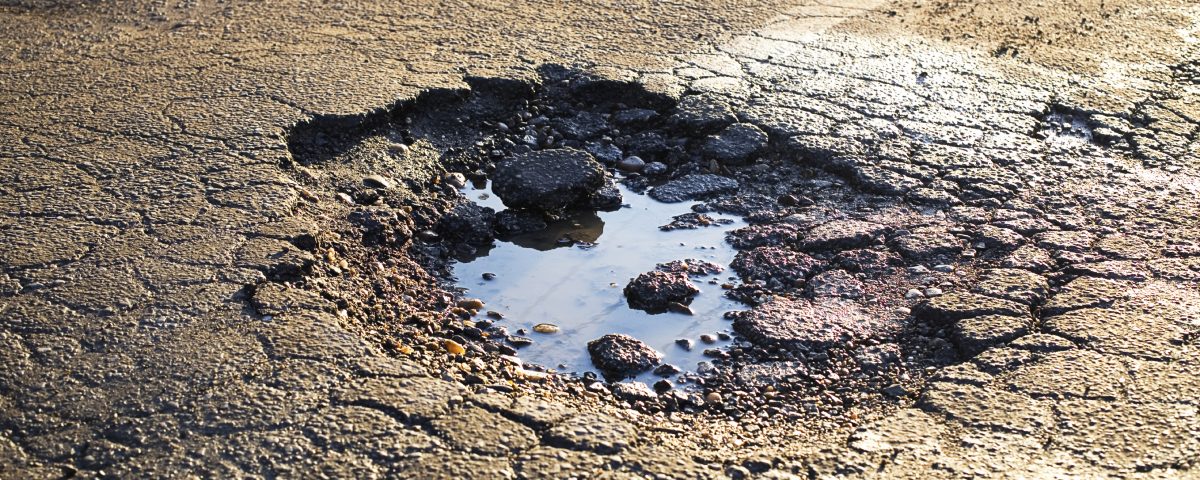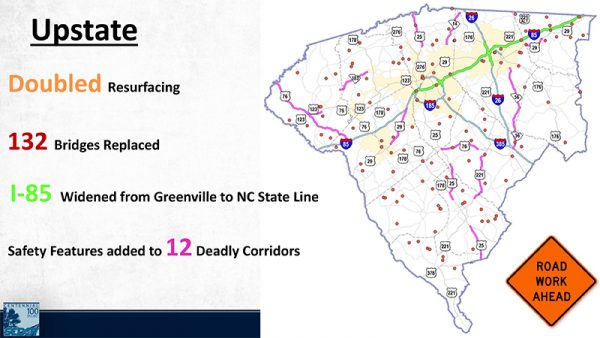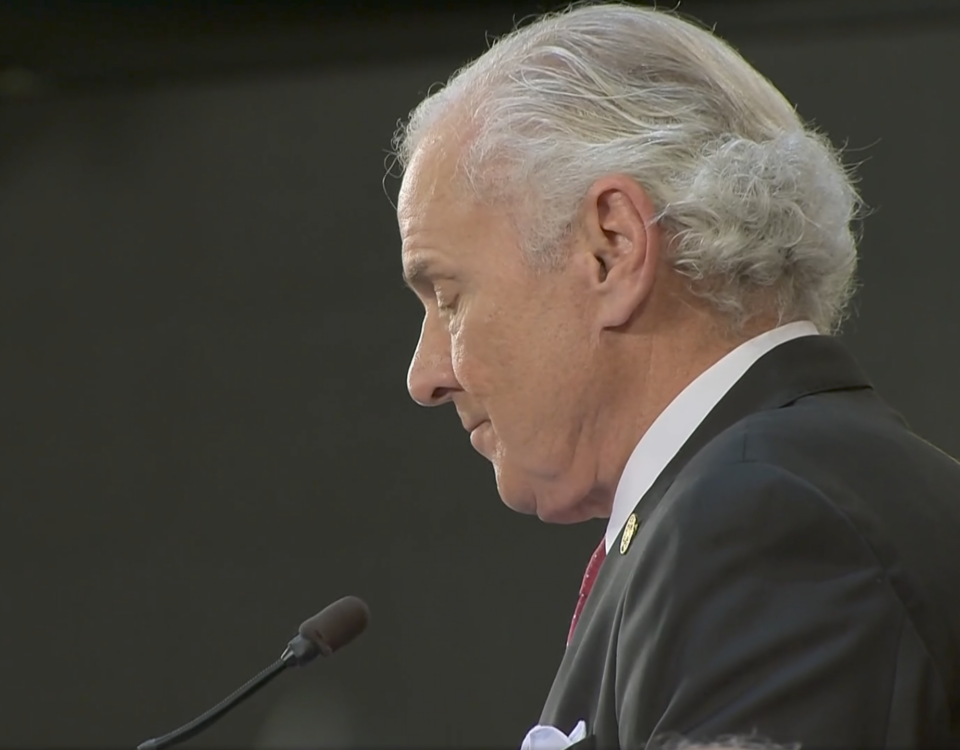
Ten Times Harry Potter was like Politics
June 29, 2017
The Friday 5
July 7, 2017Where is Your New Gas Tax Money Going?

This past weekend you may not have noticed while at the pump, but South Carolina’s gas tax went up two cents last Saturday. I filled up Tuesday for a $1.76, and had I not already known the gas tax was going into effect, I wouldn’t have given the price a second thought, since gas has been on the decline this summer.
A two-cent gas tax increase was a part of a bill passed this spring that will raise the tax by twelve cents over the next six years (two cents per year) along with other fee increases like vehicle registrations and fees on hybrid and electric vehicles. The plan will provide more than $600 million in sustainable funding. The bill was a YUGE win for the business community who rely on safe and efficient roads to get their goods to market and their employees to work.
Before the recent increase, South Carolina’s gas tax hadn’t been raised since 1987 and was the second lowest gas tax in the country, despite South Carolina having the fourth largest state-maintained road systems in the nation. The Reason Foundation even found South Carolina’s DOT to be the most efficient in the country based on their miniscule funding and the projects they’re able to complete.
Where New Money Will Go
With a new Secretary of Transportation, Christy Hall, taking the helm of the South Carolina Department of Transportation in 2016, the department has already laid out a ten-year plan of where the new funds will go.
- Two-thirds will go towards doubling the state’s resurfacing program which will bring our interstate pavement from 65% good to 92% good, our major roads from 23% to 53% good, our farm to market roads from 19% good to 40% good, and our neighborhood roads from 15% to 25% good.
- 140 miles of existing interstates will be improved including the widening of Interstate 85 from Greenville to the North Carolina line.
- 465 bridges will be replaced.
- 1,000 miles of the state’s deadliest, rural roads will receive new safety features. This is critically important seeing South Carolina had the highest traffic fatalities in the nation last year.
For the Upstate specifically:
- Funding for resurfacing will double.
- 132 bridges will be replaced.
- I-85 will be widened from Greenville to the North Carolina line.
- Safety features will be added to twelve corridors – including U.S. 25, S.C. 183, and S.C. 14.
If you’re like me and are a visual learner, here are some graphs from SCDOT that display this information.
County Transportation Committees
The new bill also provides significant increases in funding to county transportation committees (CTC’s) who work on local projects and to “Donor Counties.” Donor counties are counties that bring in more gas tax revenue than they receive back from the state. These counties include: Anderson, Cherokee, Greenville, Spartanburg, and 10 others (basically, any county that has an Interstate running through it).
The bill increases the funds to transportation committees gradually from 2018 through2021, and increases the funding to donor counties by $17 million. Between the two increases, Greenville County Transportation Committee will receive more than $9.5 million in funds once fully implemented, nearly doubling its funding. Citizens can apply to their local transportation committees for a project, for example if their neighborhood needs a new stop sign. The committee does an evaluation of the site and a cost estimate and determines whether the project can be completed within the specified budget. The Greenville County Transportation Committee is currently taking applications. You can contact Greenville County for information on applications and meetings times.
Metropolitan Planning Organizations (MPO’s)
In the Upstate we have 3 MPO’s who play a role in establishing a local forum for transportation decision making and allow the public to get involved as early as possible on projects. Any SCDOT project that uses federal funds must be approved by their respective MPO’s, who allow public comment on all projects and whose board consists of local and state representatives. In the Upstate we have the Greenville-Pickens Area Transportation Study (GPATS), the Anderson Area Transportation Study (ANATS), and the Spartanburg Area Transportation Study (SPATS). You can find information for meetings times and current projects for each of these on their websites.
Accountability
Opponents of the gas tax increase argued that SCDOT had a history of wasting tax-payer money, and that the money would only go towards pet projects of legislators. However, in the last decade many improvements had been made to the structure of DOT and to their prioritization lists to ensure that the projects that need to get done are getting done. Act 114 passed in 2007 eliminated much of the horse-trading at DOT by establishing a consistent process for identifying priority projects.
In the most recent road funding bill passed in May, further reforms were made to DOT by giving the Governor the power to appoint and remove commissioners, and DOT adopted a number of transparency reforms so that the public is able to see current and slated projects on their website. The bill also barred commissioners from entering into the day-to-day business of DOT, like awarding contracts, selecting consultants, or selections of specific routes for a project.
Even with the additional reform measures, DOT must be held accountable by the Governor, General Assembly, and tax payers of the state. So far with the new influx of money, DOT has made many efforts to ensure taxpayer money is being spent on the right projects. We, like many citizens, will be watching to make sure it is.
The Chamber has long led the fight to increase sustainable funding for our roads, and we commend the General Assembly for stepping up to the plate this year. While our roads won’t be fixed overnight, we look forward to seeing orange cones out in the years to come. If you want to know more about the road funding bill, you can check out our 2017 Legislative Report for an overview. For more information on specific projects or on the Chamber’s advocacy efforts, please contact Katie Busbee at [email protected].





